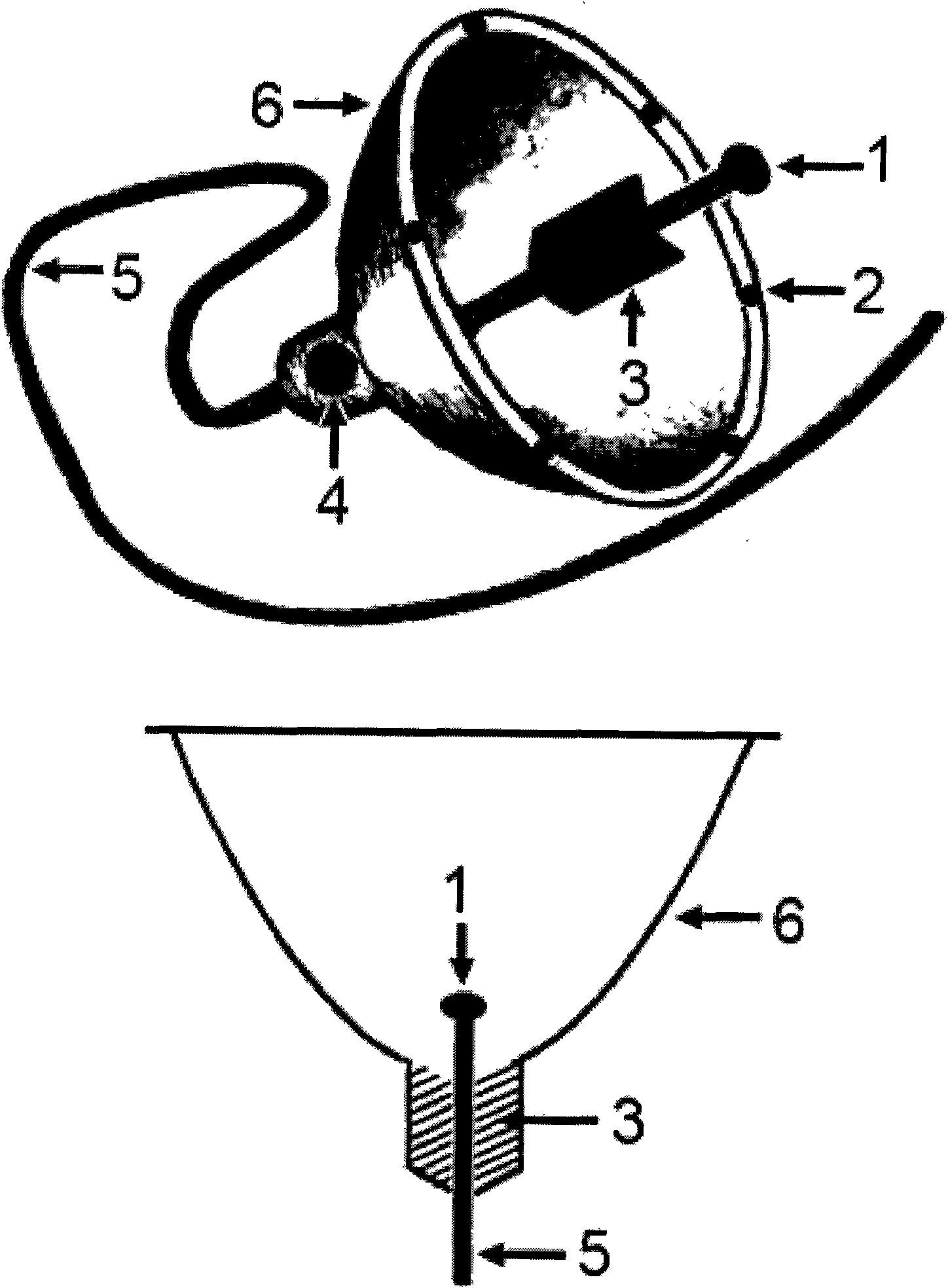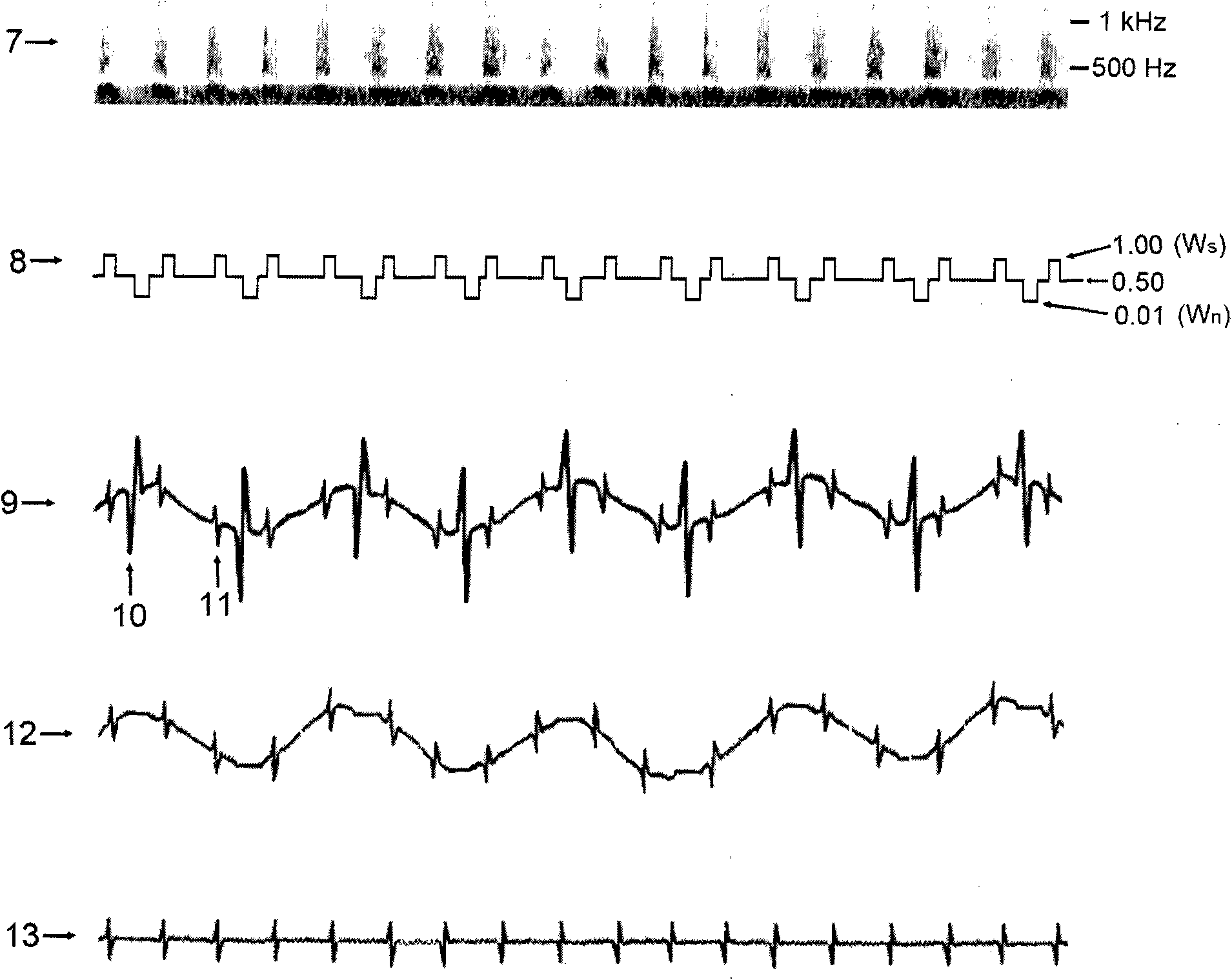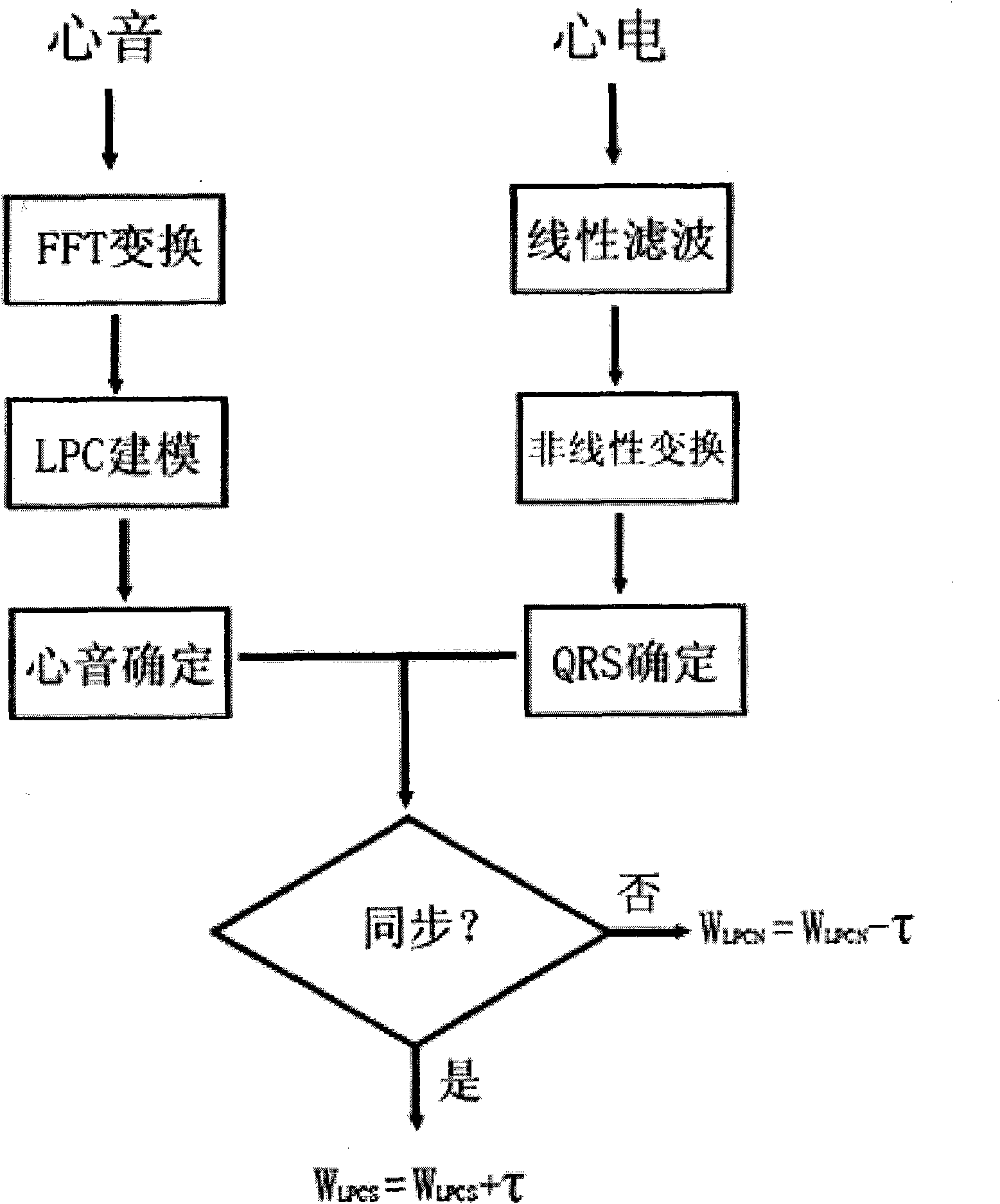Technology for recording and processing sound signal and electric signal of heart of fetus
An electrocardiographic signal and signal technology, which is applied to the acquisition and processing of human biological signals, can solve problems such as reduced versatility, patient discomfort, and inaccuracy, and achieve the effects of accurate and reliable signals, accurate results, and simple operation.
- Summary
- Abstract
- Description
- Claims
- Application Information
AI Technical Summary
Problems solved by technology
Method used
Image
Examples
Embodiment Construction
[0010] During sampling, the user holds the acoustic-electric sensor and places it at the sampling site, that is, the abdomen of the pregnant woman. Touch and hold your finger against the reference electrode on the neck of the funnel. To improve conductivity, clean abdomen and fingers before use, and apply a small amount of conductive gel if necessary. Acoustoelectric sensors input the collected signals to processors or computers through acoustic-electric conversion. The channel 1 is given the signal converted from the heart sound, and the other channels (2-7) are given the electrocardiographic signal. After A / D conversion, the signal of channel 1 (namely, the heart sound signal) is filtered, and then FFT transformation and LPC modeling are carried out. Where strong signals appear above 1 kHz, 400-600 Hz and 650-850 Hz, and weak signals appear at 220-400 Hz, it may be a heart sound signal (see appendix figure 2 7). Extract the parameters of an LPC model matching these featu...
PUM
 Login to View More
Login to View More Abstract
Description
Claims
Application Information
 Login to View More
Login to View More - R&D
- Intellectual Property
- Life Sciences
- Materials
- Tech Scout
- Unparalleled Data Quality
- Higher Quality Content
- 60% Fewer Hallucinations
Browse by: Latest US Patents, China's latest patents, Technical Efficacy Thesaurus, Application Domain, Technology Topic, Popular Technical Reports.
© 2025 PatSnap. All rights reserved.Legal|Privacy policy|Modern Slavery Act Transparency Statement|Sitemap|About US| Contact US: help@patsnap.com



